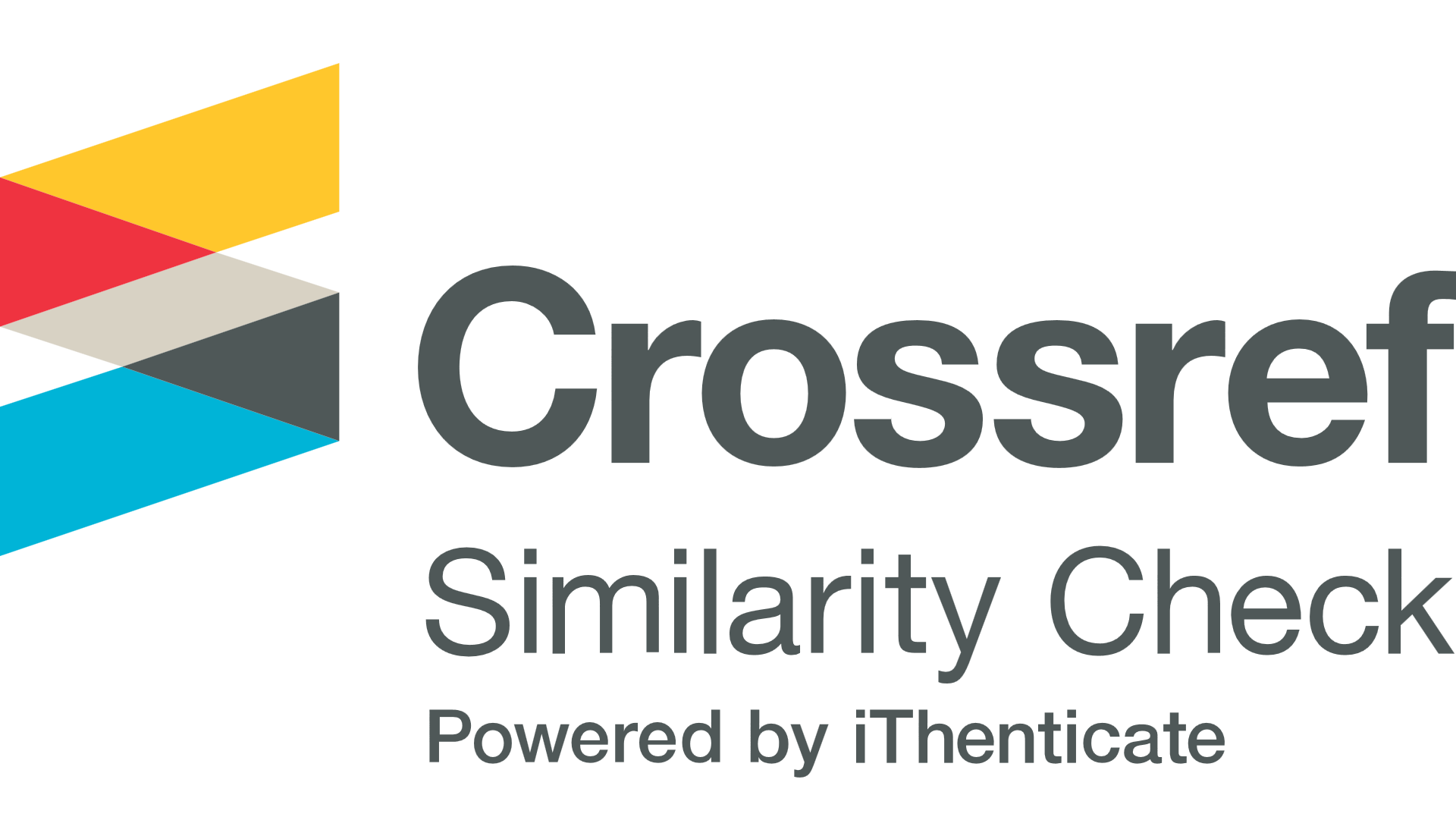Study the sensitivity of three types of Gram negative bacteria to a disinfectant Chlorhexidine and sodium hypochlorite
Abstract
ABSTRACTTwelve isolates of Pseudomonas aeruginosa, Klebsiella pneumoniae and Proteus mirabilis were tested against chlorhexidine and sodium hypochlorite. Bacterial suspension was added to different concentrations of disinfectant, after (5,15,30,45) minutes samples were taken and cultured on nutrient agar, the effect of disinfectants were recorded at the time periods tested. The study showed that chlorhexidine is more active than sodium hypochlorite, where concentrations of (3 %, 2 %, 1.5%) of chlorhexidine showed an absolute activity (100%) on all isolates after (5) minutes of treatment, while only (3%) concentration of sodium hypochlorite showed that activity during the same time. The study found that the effect of disinfectant increases with the increase of concentration and treatment time. The study also indicated that Ps.aeruginosa isolates were more resistant to disinfectant in comparison with the other two species, while Pr.mirabilis isolates were more sensitive to them. (12) Klebsiella pneumoniae , Pseudomonas aeruginosa Proteus mirabilis, . (45, 30 , 15 , 5 ) , . (%1.5 , %2 , %3 ) (%100) (5) (%3) . . Ps.aeruginosa Pr.mirabilis .





